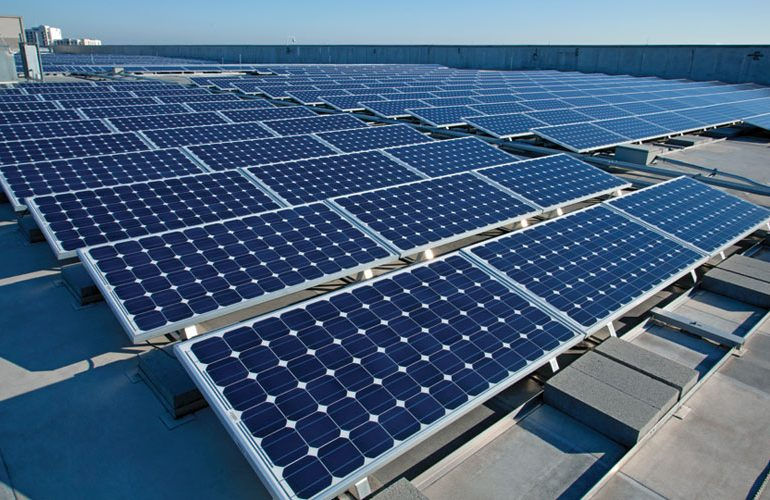Reon Energy – Future of Solar Energy
- Reon Energy
- Jun 17, 2024
- 2 min read
In order to achieve a net-zero and sustainable energy future, Reon Energy, the solar solution provider in Pakistan, believes in the 3Ds of modern power. In addition to offering businesses the opportunity to drive their energy systems toward higher reliability, this solar energy transition will also benefit the environment and the people. In the coming few years, solar energy will be trending. Here are some ways how solar energy can brighten the future of large-scale industries and businesses:
Flexibility In Electricity Generation
A large amount of storage will be available in 2050, with a capacity exceeding 1,600 GW. Microgrids and buildings can be powered during grid outages with small-scale solar, especially when coupled with storage. Integrating distributed energy resources such as rooftop solar and electric vehicles into the grid will also require advances in managing distributed energy resources.
Generating Clean Electricity
Decarbonization is further enhanced by expanding clean electricity supplies. In the ten years, from 2020 to 2035, the electricity demand will increase by about 30% due to the electrification of fuel-based building demands (e.g., heating), vehicles, and industrial processes.
During 2035-2050, electricity demand will increase by 40%. As a result of electrification growth, all these electrified sectors will be powered by zero-carbon electricity by 2050, and emissions will decrease by 145% compared to 2005.
Emergence Of New Hybrid Device
Photovoltaic technology is directly responsible for electricity generation by solar panels and solar cells. Nevertheless, researchers conducted detailed research and developed a hybrid device to capture solar energy and store it until consumption.
Thermal energy is stored in the hybrid device to capture solar heat. Its ability to generate solar energy 24/7 would facilitate the wide-scale adoption of solar power.
Molecular storage is achieved with norbornadiene-quadricyclane in the device. The compound exhibits high specific energy and long-term heat release, making it an excellent substance for long-term storage. According to the researchers, using the same concept can optimize temperature and efficiency on different materials.
Conclusion
It is most likely that silicon-based solar cells are going to garner more attention in the coming years, and if installed in large numbers, they will become more affordable. Nonetheless, major players are likely to invest more in research and development to improve photovoltaic cell efficiency and find a better material for building solar cells than silicon.
However, improvements in solar cells will take time and can only be achieved through bulk production and installation. It is then clear that solar cells have a bright future.




Comments